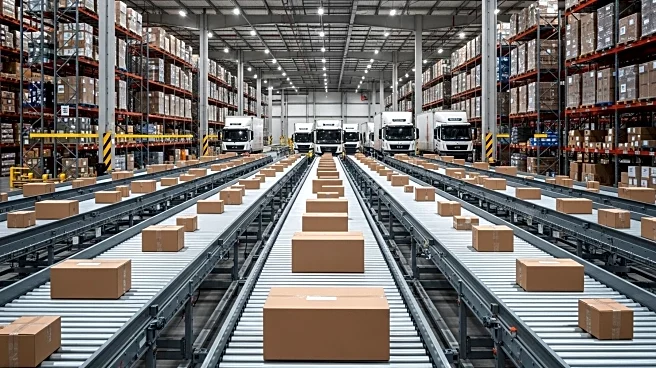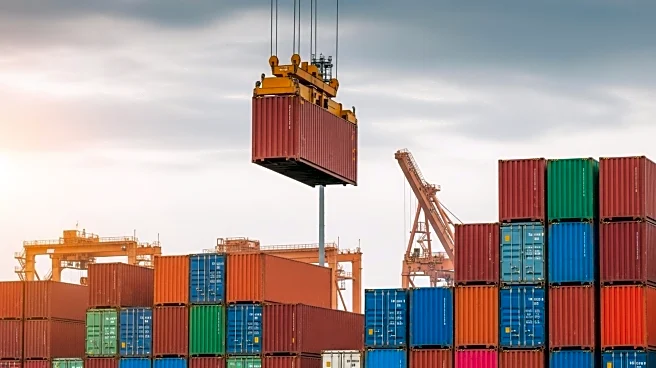What's Happening?
FedEx Corp.'s less-than-truckload (LTL) division is expected to experience minimal growth leading up to its spinoff into a standalone company in mid-2026. In the fiscal quarter ending August 31, FedEx Freight reported an operating profit of $360 million on sales of nearly $2.26 billion, a decrease from $439 million and $2.33 billion in the same period the previous year. The operating margin also fell from 18.8% to 16.0%. Chief Customer Officer Brie Carrere indicated that revenue might remain flat or increase modestly, contingent on market conditions in the latter half of the year. The LTL market is currently challenged by weak industrial activity and excess trucking capacity, limiting growth opportunities.
Why It's Important?
The anticipated flat growth in FedEx Freight's LTL division highlights broader challenges within the transportation and logistics industry. The sluggish market conditions reflect weak industrial activity and excess capacity, which could impact profitability for FedEx and similar companies. This situation underscores the need for strategic adjustments in operations and market positioning. Stakeholders, including investors and industry analysts, are closely monitoring these developments as they could influence FedEx's financial performance and strategic decisions in the coming years.
What's Next?
FedEx Freight's spinoff into a standalone company is scheduled for mid-2026, which may lead to strategic shifts in operations and market approach. The company will likely focus on optimizing its operations to navigate the challenging market conditions. Analysts and investors will be watching for any strategic announcements or changes in business practices that could affect FedEx's market position and profitability.
Beyond the Headlines
The sluggish growth in the LTL market may prompt FedEx and other industry players to explore innovative solutions and technologies to enhance efficiency and reduce costs. This could lead to increased investment in automation and digital transformation within the logistics sector, potentially reshaping industry standards and practices.










